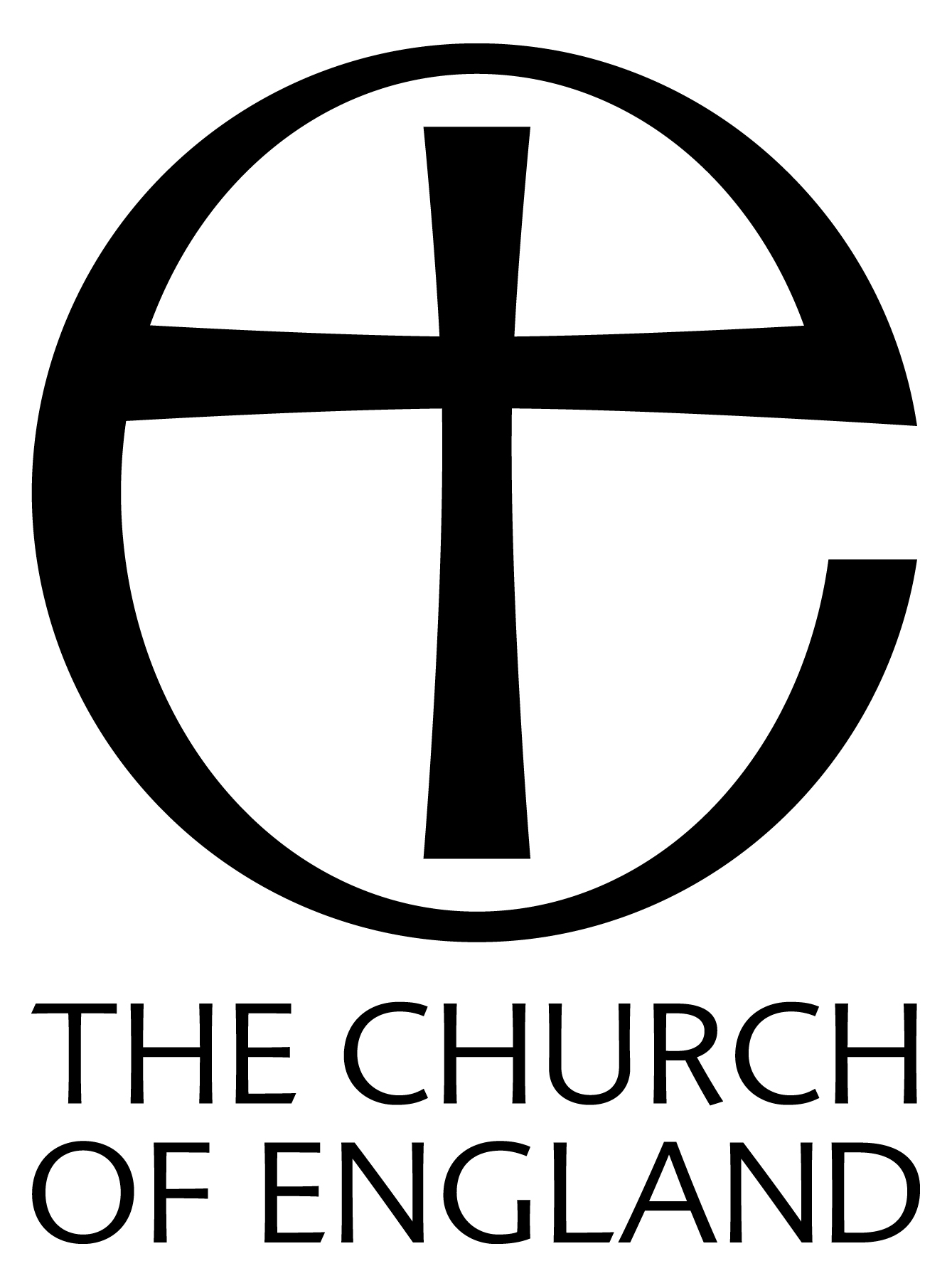Reproduced from
DRYPOOL -
Being a History of the Ancient
Parish of Drypool cum Southcoates
by M. Edward Ingram (1959)
by M. Edward Ingram (1959)
| < < < | > > > |
|
In 1297 there is a vivid picture of a disturbance which took place in Drypool churchyard. We are told that "certain strangers from the east came with a ship to Hulle." They may have been sailors from the Baltic or from the Levant. Whilst in port, one of their num ber fell sick, "the Sunday before Ascension Day." He asked for his" Ecclesiastical rights," i.e. the Sacrament of Unction, and this was given him by the local priest. Still hopeful of a recovery, he visited the Shrine of St. John at Beverley, " in search of health." On the return journey, however, he died, and his companions, " as is the custom, watched him during the whole night on their ship." On the Feast of St. Augustine, they brought him to Drypool churchyard for burial. The poor man, however, was not to be peacefully interred, since the cortege was met by a " great crowd of the Archbishop's natives," led by John Hayet, John Mynot, Ralph le Porter and William, Clerk of the Archbishop's Manor of Patrington. They seized the corpse and swore on oath that the unfortunate man had died from misadventure. Having immobilised the ship by removing its sail, they sequestered it on behalf of the Archbishop and levied a fine of £20. The case was investigated by Simon Constable on behalf of the King's Escheator beyond Trent. The jury, which included William de Grimston of Grimston Garth, John Lubias and Thomas Scolfin, found that the Archbishop had exceeded his rights and had trespassed against the liberties of the Earl of Albemarle and in contempt of the King, since the rights of the ground on both sides of the River Hull belonged to the King's Seignory of Holderness. |
Having founded his new town of Kingston, Edward was anxious to foster its trade. This necessitated the construction of proper roads which would facilitate commerce. In 1303, a writ was issued at Westminster to William de Carleton and Geoffrey de Hothum to enquire into the matter. It was suggested that a road should be made from a point on the River Hull, just north of the walls to Bilton Bridge. This road was not entirely new, but roughly followed a right of way granted to the Nuns of Swine, by Sayer de Sutton Ill. It was to go " through the middle of the town of Dripole, to a pasture called Suttecotessomergang and so straight to the cross standing in Somergang." The site of this cross has been lost, but the description would lead one to suppose that it was somewhere in the neighbourhood of the old Mile House, where Holderness Road makes a decided bend. From the cross the road was to go to " the west end of the vill of Sutkotes" to a ditch between Sutton meadows and Somergang, "where a bridge was to be made," by a place called Lambeholmesikes," and so to Bilton Bridge. It was to the repair of this road that John Garton, merchant of Hull, left £5 in 1455. Long before the construction of the new road, there had been a chapel at Southcoates, dedicated to Our Lady. Once again the site would appear to have been somewhere near the Mile House, and Poulson prints a list of chaplains, taken from Torre's manuscripts. In 1236 there was a dispute between Sibil, Prioress of Swine, and Sayer de Sutton II, whose family had founded the chapel. He complained that the nuns had deforced him from the advowson of Drypool. In the ensuing settlement, the nuns conceded a free chantry at Southcoates, in return for which they undertook to provide a chaplain and the accessories of worship at Ganstead. |

|
|

|
|